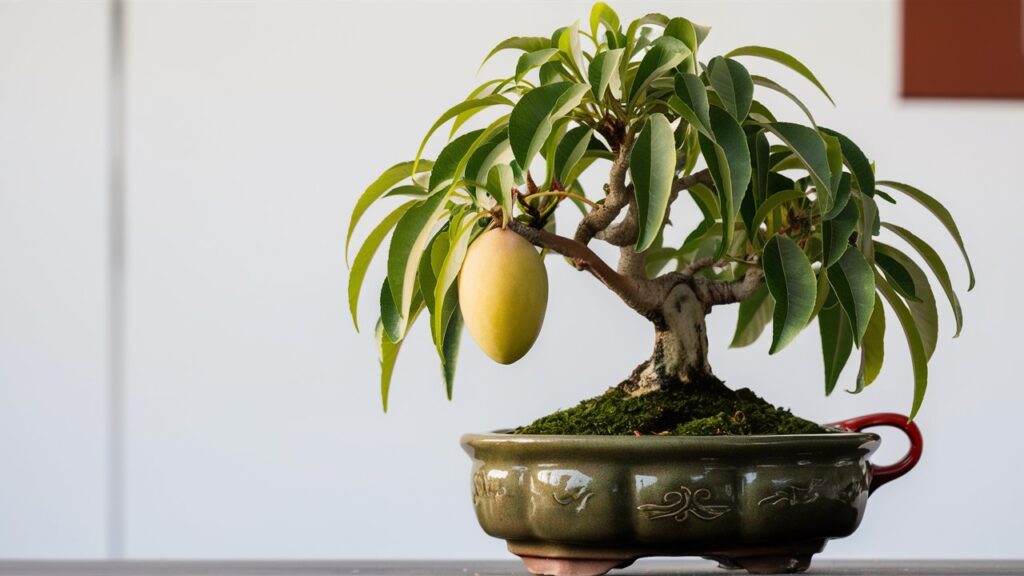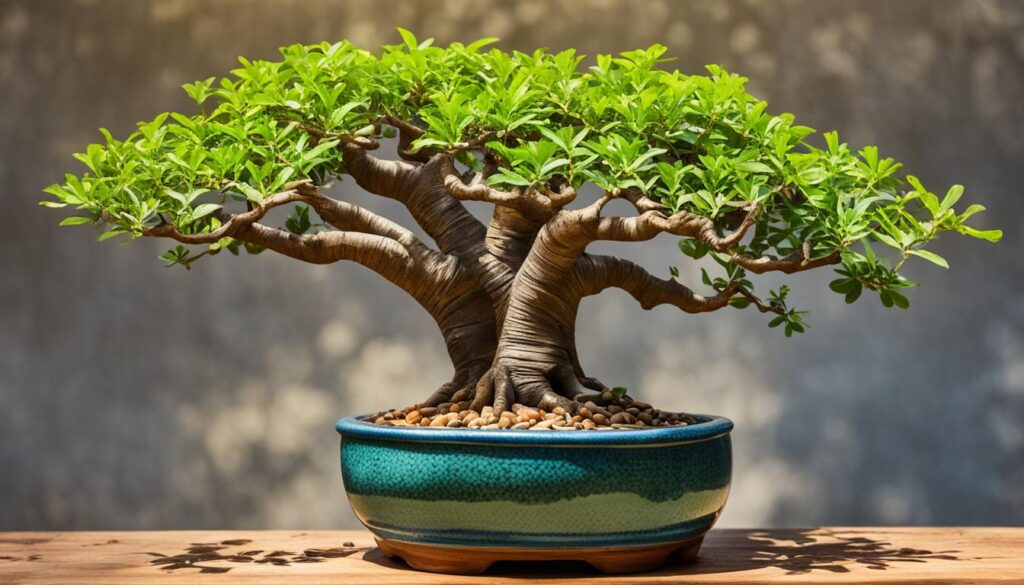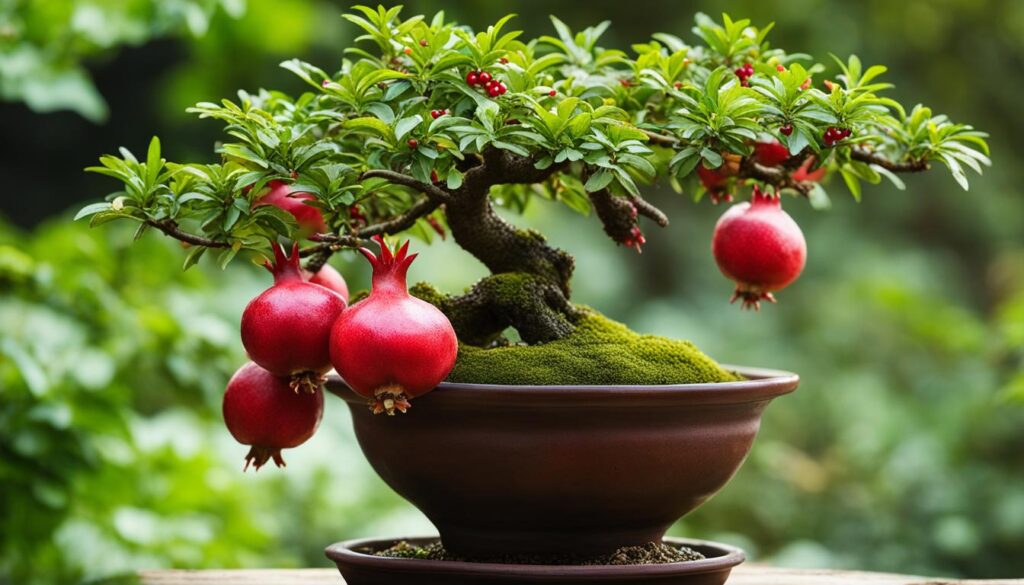Key Takeaways
ToggleBonsai Tree of Mango
I’ve been growing bonsai trees for years, and I have to say, it’s one of the most rewarding hobbies I’ve ever had. But, I’ve also had my fair share of struggles, especially when it comes to growing a mango bonsai. I mean, who wouldn’t want a tree that produces delicious mangoes and looks amazing in their living room? But, it’s not as easy as it sounds. In this article, I’ll share my experiences and tips on growing a bonsai tree of mango, so you can avoid the mistakes I made and enjoy the fruits of your labor.
What’s the Deal with Mango Bonsai Trees?
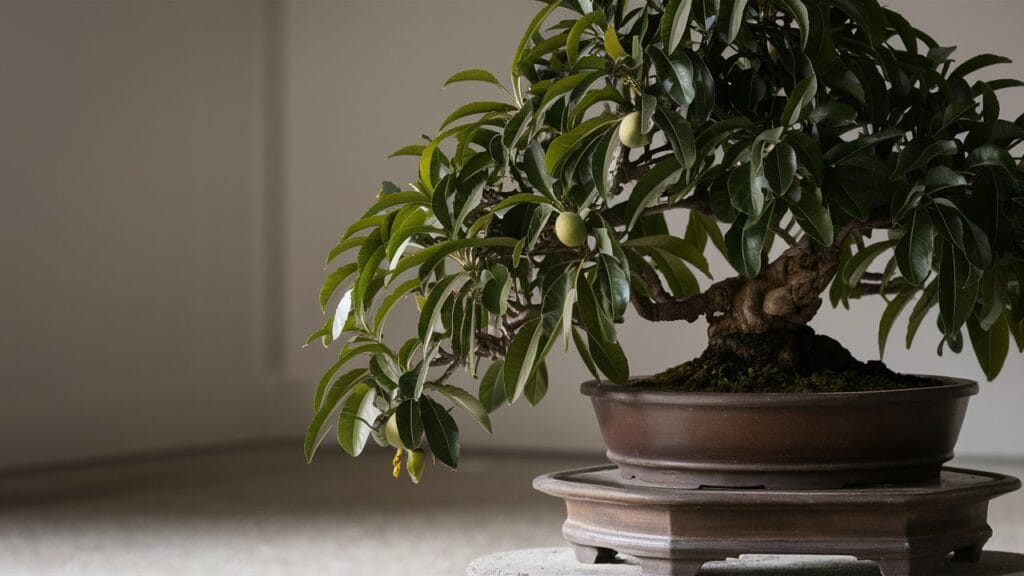
Before we dive into the nitty-gritty, let’s talk about why mango trees are so popular for bonsai. For one, they’re a great conversation starter. Imagine having a tree that produces juicy mangoes and looks like a work of art in your living room. It’s a win-win situation. But, beyond the aesthetics, mango bonsai trees are also a great way to learn about horticulture and tree care.
Choosing the Right Variety
When it comes to growing a mango bonsai tree, choosing the right variety is crucial. Some popular varieties of mango include the ‘Chaunsa’ and ‘Dusehri’, which are known for their compact growth habits and small fruit. These varieties are often used in bonsai cultivation because they are relatively easy to train and can thrive in a variety of environments. In fact, the ‘Chaunsa’ variety is a popular choice among bonsai enthusiasts in India, where mango cultivation is a significant industry.
Growing Conditions
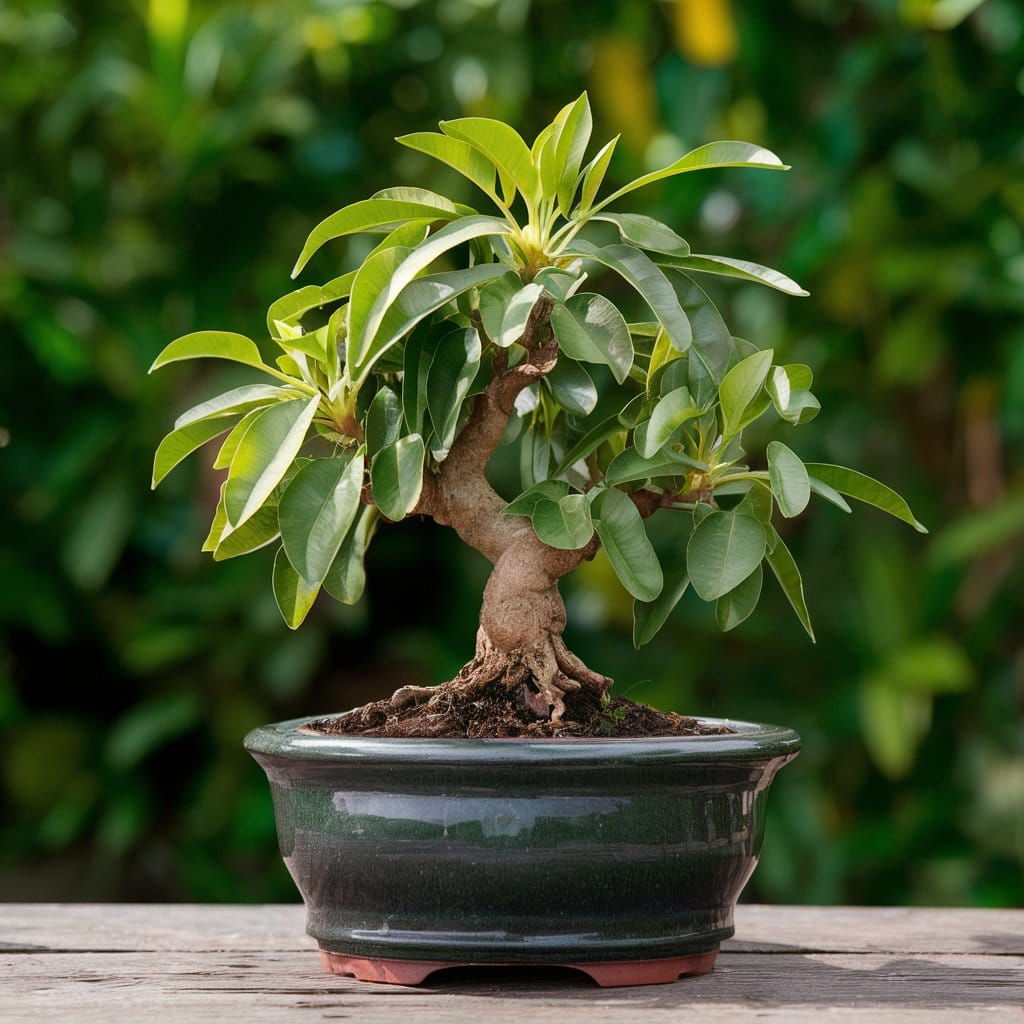
So, what do mango bonsai trees need to thrive? Well, they prefer full sun to partial shade, making them a great choice for indoor spaces with plenty of natural light. They also require well-draining soil and a consistent watering schedule, which can be achieved by using a pot with good drainage holes and a balanced fertilizer. In terms of temperature, mango trees prefer a warm and humid environment, with temperatures ranging from 65 to 75°F (18 to 24°C). This makes them a great choice for indoor spaces in tropical or subtropical regions, such as Florida, where mango cultivation is a significant industry.
Pruning and Training
Pruning and training are essential for maintaining the shape and size of a mango bonsai tree. This involves regularly trimming and shaping the tree to encourage new growth and prevent overgrowth. To prune a mango tree, use sharp, clean tools and make cuts just above a node, or the point where a leaf meets the stem. This will help the tree to heal quickly and reduce the risk of disease or pest infestation. Here are some tips for pruning and training your bonsai:
- Pruning Schedule: Prune your plant tree every 2-3 months to maintain its shape and size.
- Pruning Tools: Use sharp, clean tools to prune your bonsai tree, and make cuts just above a node.
- Training Techniques: Use wiring and grafting techniques to train your tree and maintain its shape.
Fertilization and Pest Control
Fertilization and pest control are also essential for maintaining the health and well-being of a mango bonsai tree. They trees require a balanced fertilizer that is high in nitrogen, phosphorus, and potassium. This can be achieved by using a fertilizer specifically designed for fruiting bonsai trees, such as a citrus, cherry, or pomegranate. In terms of pest control, they trees are susceptible to a variety of pests, including aphids, whiteflies, and mealybugs. To control these pests, use a combination of physical barriers, such as fine mesh or fine netting, and chemical controls, such as insecticidal soap or neem oil.
Tips for Growing a Mango Bonsai Tree Indoors
Growing a mango bonsai tree indoors can be a challenging but rewarding experience. To succeed, it’s essential to provide the tree with plenty of natural light, which can be achieved by placing it near a sunny window or using grow lights. It’s also essential to maintain a consistent watering schedule, which can be achieved by using a self-watering pot or a moisture meter. In terms of temperature, mango bonsai trees prefer a warm and humid environment, which can be achieved by using a space heater or a humidifier.
Common Questions and Answers
Water your mango bonsai tree every 2-3 days, or when the soil feels dry to the touch.
Use a balanced fertilizer that is high in nitrogen, phosphorus, and potassium, such as a citrus or mango fertilizer.
Use a combination of physical barriers, such as fine mesh or fine netting, and chemical controls, such as insecticidal soap or neem oil.
Conclusion
Growing a bonsai tree of mango is a unique and rewarding experience that requires patience, dedication, and the right conditions. By choosing the right variety, providing the right growing conditions, pruning and training the tree, and fertilizing and pest-controlling as needed, you can enjoy a thriving and healthy mango bonsai tree.
Whether you’re a seasoned gardener or a beginner, growing a mango bonsai tree can be a fun and rewarding experience that brings joy and beauty to your indoor or outdoor space. With its small size and delicate features, a bonsai tree of mango is a beautiful addition to any space, and with the right care and maintenance, it can thrive for years to come
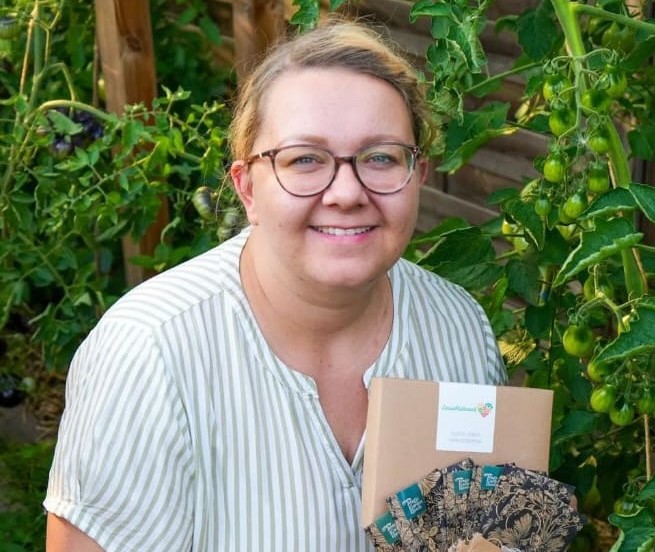
Karen Phillips, Bonsai expert and blogger. Read more about me here

